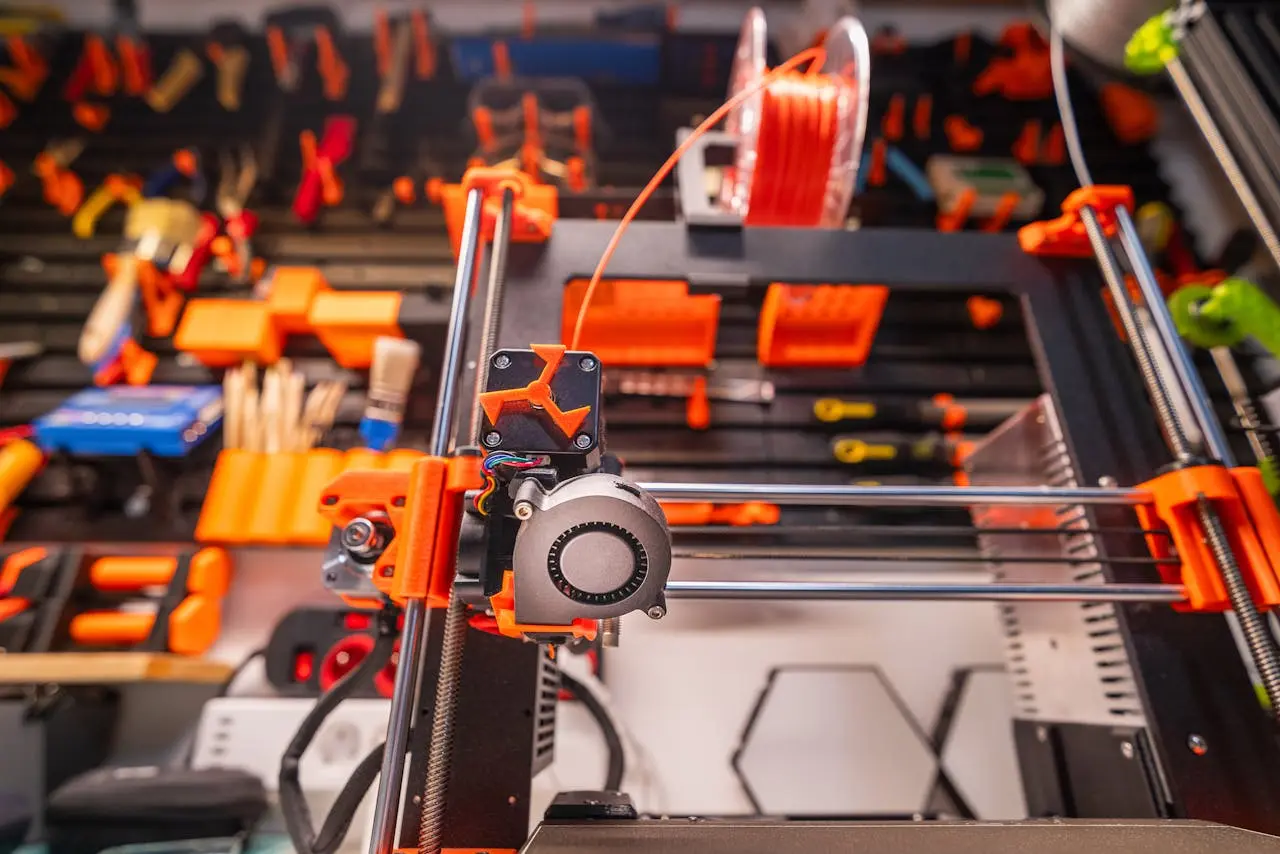3D Printed Homes: Are They the Future of Housing?

In the realm of construction innovation, 3D-printed homes have emerged as a groundbreaking technology, promising to revolutionize the way we build and live. Central to the success of this cutting-edge approach are the materials used in the construction process, which come with their own set of benefits and trade-offs. In this article, we will explore the world of 3D-printed homes, shed light on the materials involved, delve into the associated advantages, and discuss the inevitable trade-offs.
The Materials:
- Specialized Concrete Mixtures: At the core of 3D-printed home construction lies a specialized concrete mixture, engineered for optimal extrusion through the 3D printer nozzle. This mixture typically includes cement, sand, fibers, and additives, ensuring structural integrity, durability, and the ability to take on complex shapes during the printing process.
- Innovations in Polymer-Based Materials: Researchers and industry experts are exploring the incorporation of polymer-based materials for 3D printing homes. These materials offer increased flexibility, enabling intricate designs and potentially faster construction times. However, ongoing research is needed to validate their structural integrity, long-term durability, and suitability for various climates.
Benefits:
- Cost Efficiency: One of the primary benefits of 3D-printed homes is cost efficiency. The automated nature of 3D printing reduces labor costs, and the use of specialized concrete mixtures can be more economical than traditional construction materials. This opens the door to more affordable housing solutions, addressing global housing shortages.
- Speed of Construction: 3D-printed homes can be constructed at a remarkable speed compared to traditional methods. The layer-by-layer additive process allows for the creation of entire structures in a matter of days, offering a rapid solution to urgent housing needs, particularly in disaster-stricken areas.
- Design Freedom and Customization: The flexibility of 3D printing allows for intricate and customizable designs that were previously challenging or expensive to achieve. Homeowners can personalize their living spaces with unique architectural features, creating a level of design freedom that is unparalleled in traditional construction.
Trade-offs:
- Material Strength and Durability: While specialized concrete mixtures have proven effective, concerns about the long-term strength and durability of 3D-printed homes persist. Traditional construction materials have a track record of durability over decades, and ongoing research is essential to ensure that 3D-printed structures meet or exceed these standards.
- Limited Material Variety: 3D printing currently relies on a relatively limited range of materials, primarily optimized concrete mixtures. This limitation may impact the aesthetic diversity and structural adaptability of 3D-printed homes compared to traditional construction methods, where a wide variety of materials can be chosen based on specific needs.
- Energy and Environmental Considerations: The energy-intensive nature of large-scale 3D printing, along with the production and transportation of specialized materials, raises environmental concerns. While efforts are being made to incorporate recycled and sustainable materials, the overall environmental impact of 3D-printed homes needs careful consideration.
3D-printed homes stand at the forefront of a transformative era in construction, offering cost efficiency, rapid construction, and design freedom. The materials used, primarily specialized concrete mixtures, provide a solid foundation for this technological advancement. However, challenges related to material strength, variety, and environmental impact highlight the need for ongoing research and development. As the industry continues to evolve, addressing these trade-offs will be essential to ensuring that 3D-printed homes become a sustainable and widely adopted solution for the future of housing.


.jpg)